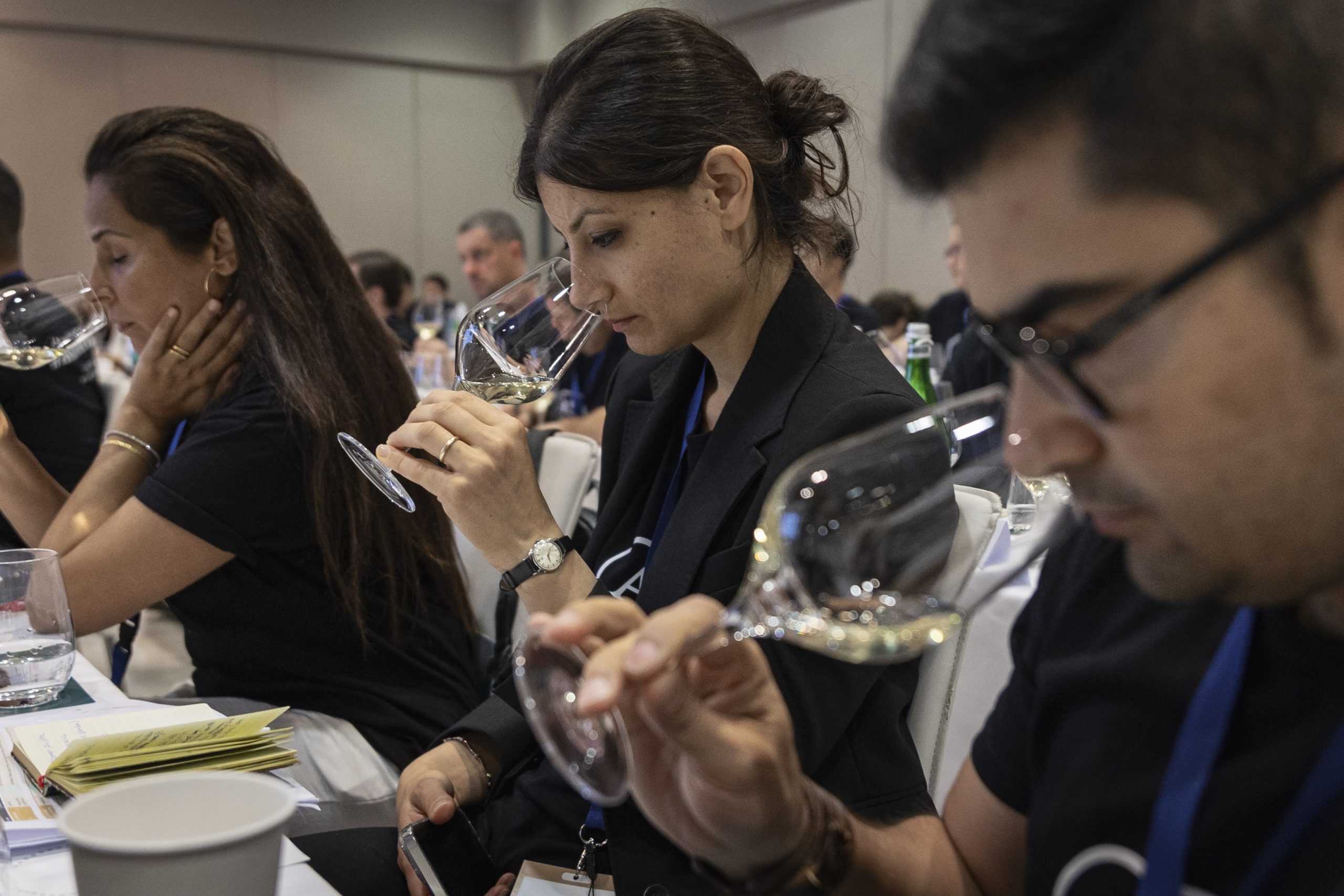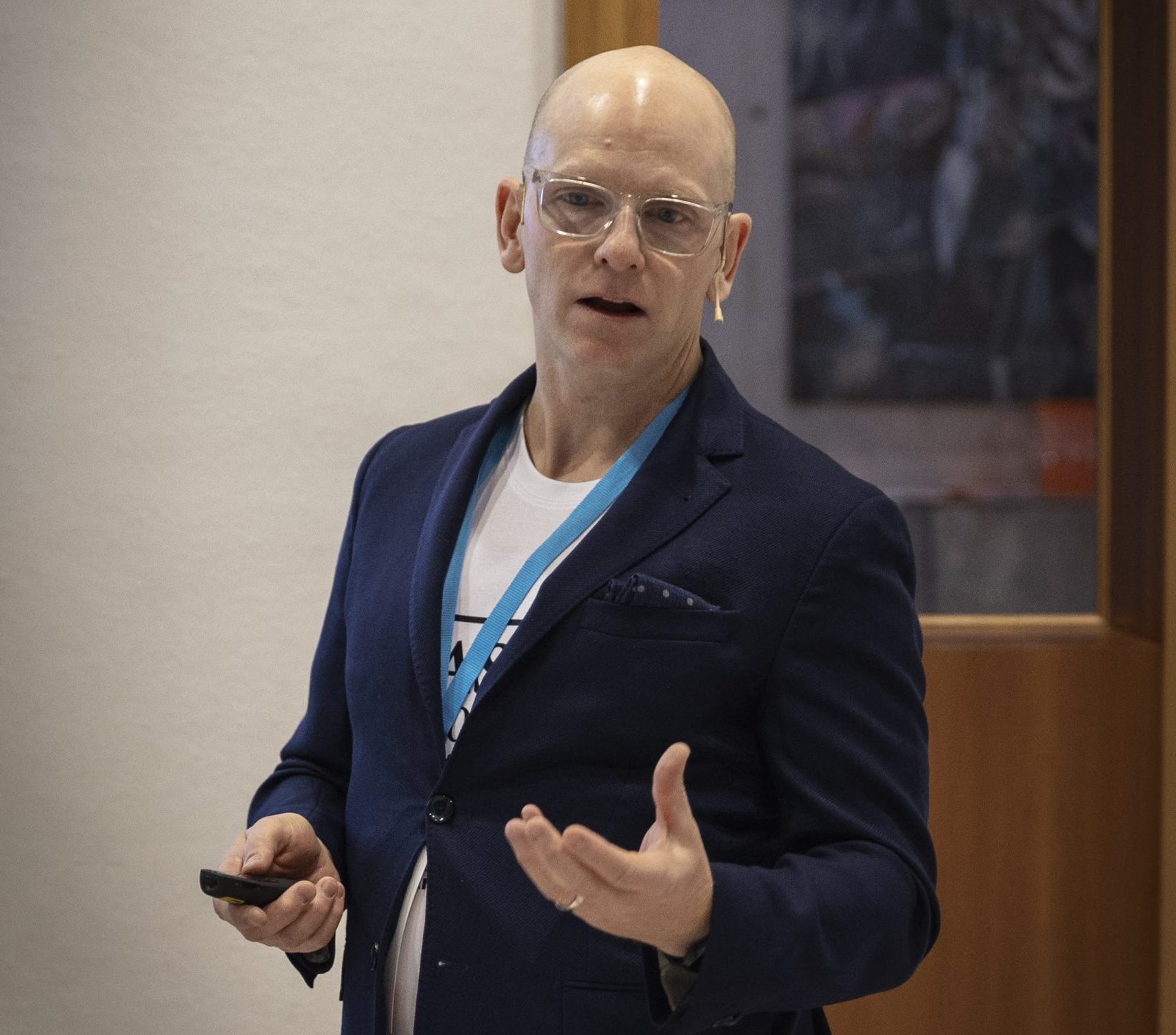This website uses cookies so that we can provide you with the best user experience possible. Cookie information is stored in your browser and performs functions such as recognising you when you return to our website and helping our team to understand which sections of the website you find most interesting and useful.
Sake masterclasses reveal surprising similarities with Sherry
Diverse categories, ageing and organic chemistry unite sake and Sherry, as sommeliers and wine professionals in Andalusia recently discovered.

One is made from rice; the other is made from grapes. One is associated with mountains and pure spring water; the other comes from a dry, sunbaked land. One undergoes most of its fine-tuned processing before fermentation; the other is defined largely by what happens after. Sake and Sherry, at a glance, share little common ground.
Yet a little deeper digging reveals some fundamental, and vital similarities between the two. As the Japan Sake and Shochu Association (JSS) took its masterclasses to Andalusia in southern Spain, it helped local professionals understand both the nuances of sake and its connection to Andalusia’s most famous wine.
The first session, hosted by sake expert Michael Tremblay on 24 September in Seville, formed part of the Association de la Sommellerie Internationale (ASI) Bootcamp. The event was designed by the ASI to train and inspire the next generation of sommeliers. Increasingly, sake is considered a key tool in the sommelier’s arsenal, and so the JSS has partnered with the ASI to educate the young sommeliers.
Tremblay then conducted masterclasses on 26 and 27 September at the University of Cádiz. These, open to students and brewers, further explored the world of sake, with the Andalusian audience highlighting further links between the two products.
Curious minds exploring sake
At the ASI masterclass, attendees from Europe, Africa and the Middle East approached the category with characteristic curiosity. Perhaps that reflects the strong upwards trajectory of sake in recent years: in Western Europe, for example, imports of Japanese sake have increased 1.7-fold over the past decade.
An early topic of discussion was the complexities of sake classification. While geographic classification is the foundation of most European categorisations, sake, in addition to its expanding geographical indication system, is predominantly defined by two separate production criteria. The first is the amount that the rice is polished, and the second concerns whether distilled alcohol is added or not.
On the topic of categories, the attendees were keen to explore whether such distinctions also apply to on-trend nigori (cloudy sake). Tremblay assured them that is the case, with nigori emerging as an increasingly recognised style.
Perhaps due to the Sherry bodegas just down the highway, the sommeliers also quizzed him on the addition of distilled alcohol. Although that is an essential part of the Sherry-making process, and no impediment to making fine wines, they wondered if it is considered to diminish the value of sake.
In answering, Tremblay made evident a similarity between the products. “Even premium sakes often have added alcohol to achieve a dry and crisp flavour,” he explained. “Adding alcohol does not reduce its value.”
Naturally, with a room full of sommeliers, the conversation finally turned to food pairing. Tremblay emphasised sake’s umami-rich makeup – around five times the umami compounds in wine – that make it ideal for pairing with food such as Parmigiano-Reggiano.

Highlighting the products’ similarities
Sake is increasingly seen alongside wine as a gastronomic option, and this year more events have acknowledged the complementary roles both can play in the drinks trade. In particular, sake is often presented alongside niche or speciality categories.
Notably, in May, Jerez hosted the 12th edition of Vinoble, the international fair dedicated to fortified and sweet wines. For the first time, there was a sake booth at the event, demonstrating the synergy between sake and such wines.
At the University of Cádiz masterclasses, the JSS therefore introduced new content to prove how similar sake and Sherry are. Tremblay was able to go into precise detail on the chemistry behind the similar sensations.
He particularly highlighted the similarities between sake and oxidatively aged Sherries. Like sake, Sherry comes in a range of categories, but the most chemically similar to sake are Oloroso and Amontillado Sherries.
This, as Tremblay explained, is due to a chemical compound called Sotolon. First isolated by Japanese scientists in the 1970s, it forms during the ageing process of both sake and fortified wines.
As amino acids and reducing sugars interact, they undergo Maillard reactions that form sotolon. Although at high concentrations it is reminiscent of fenugreek, at the levels found in these alcoholic beverages it provides flavours of caramel and maple syrup.
In a region known for its aged styles, it was therefore unsurprising to find that aged, rich sakes were popular in the audience. One oenologist in the audience commented: “I prefer the aged sake style over fruity sake and would like to pair it with tuna and cheese.”
Above all, the event demonstrated the similarities in two products defined by history and gastronomy.
“Both have long histories,” commented César Saldaña, head of the Denomination of Origin Regulatory Council for Sherry and Manzanilla de Sanlúcar. “Both are traditional fermented beverages, with sherry made from grapes and sake from rice, both ranging in alcohol from 15-20%. Sake cleanses the palate and stimulates appetite, making it compatible with fish, meat, cheese, and desserts. Paired with jamón, it creates a harmony of umami.”
Related news
Tim Atkin MW ready to reveal Ribera del Duero Selection

